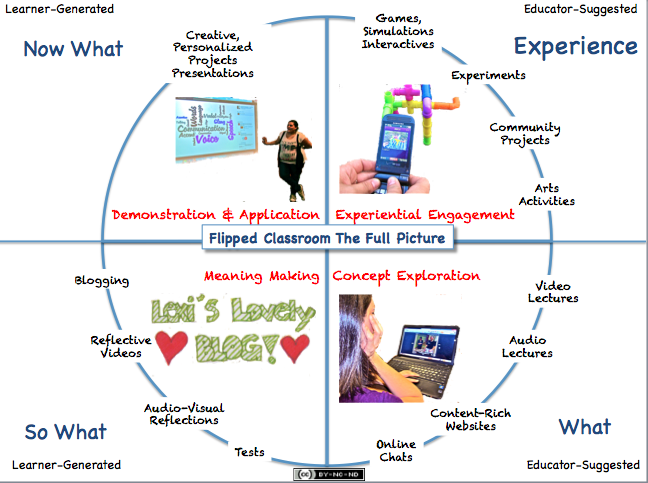I myself have owned an Android tablet and recently switched to an iPad 2. The major impetus to my switch was because of the popularity of the iPad in education. I wanted to be familiar with the device that is changing the landscape in many schools.
I know that schools and school divisions are buying iPads, and I want to know:
- what is the goal behind buying iPads for classroom use?
- how are iPads being used in classrooms?
- is there any data to support their use?
- are they being used in higher education settings?
To explore these questions, I found a report put together by Alberta Education. It can be accessed here: http://education.alberta.ca/media/6684652/ipad%20report%20-%20final%20version%202012-03-20.pdf
What is the goal behind buying iPads for classroom use?
- to provide all students with the opportunity to succeed - helps to differentiate
- to increase student engagement
- to meet every students' needs every day
How are iPads being used in classrooms?
- beneficial for dyslexic students because font size can be increased
- writing through story apps rather than just pencil and paper writing to engage more students in the process
- used as an assistive technology - positive because it is the same technology used by the other students
- promote self-efficacy through customization features
- promote risk-taking - eg. students who often are reserved all willing to share their creations on the iPad
- bridging the literacy gap - "disabilities disappear" with the iPad in the students' hands because it offers a variety of media rather than just written
- Sign 4 Me app to facilitate communication between a deaf student and his classmates
- translate work into other representations
- language acquisition
- assessment with a faster feedback loop and more differentiation - as and for learning
Is there any data to support their use?
NOTE: The Alberta report recognized that they have no actual quantitative data showing that iPads increase students outcomes or scores
- this article http://stateimpact.npr.org/indiana/2012/02/24/do-ipads-really-boost-test-scores/ cites two studies on iPad use in classrooms
- kindergarten students in Auburn, Maine who used iPads scored better on every literacy test
- 78% of students who used the HMH algebra app scored proficient or advanced compared to 59% who used the textbook version
- the article above questions whether or not it is really the iPad making the difference, or if it is rather the teacher who is more engaged by being a part of the study, and therefore, has improved their teaching
Are they being used in higher education settings?
NOTE: The Alberta report only discussed K-12 schools.
- I found a few articles discussing iPad use in higher education. Here is an example: http://www.onlinecollege.org/2011/11/18/evaluating-the-ipad-in-higher-education/
- used in a variety of ways including:
- providing iPads pre-loaded with class texts and required applications
- to improve engagement and to allow faculty to explore new teaching methods
- to integrate specific apps, such as Wolfram Alpha
Overall, I am a little bit disappointed with what I have found. The Alberta report was a very good read, but provided very little in terms of actual strategies or data to support their use. I was happy to hear about all of the ways the iPad can support students with disabilities, but I was hoping to read more about how it is being used by the "average" student. The information I found is all very positive on the use of iPads, but at this point in time I don't think I am convinced enough to say to a school or division that they should invest thousands of dollars to implement a 1-to-1 system. I would definitely recommend it as a support tool, but not a tool to put in the hands of every student based on the high cost.
I would need to do further exploration to see if any schools have tried implementing cheaper tablets, such as the Kindle Fire, and whether or not similar results were found. The report was very adamant that the touchscreen was a huge reason why the iPad is such an engaging tool, so based on that I would assume that other tablets would be just as engaging. The app library is much different, though, and many are perhaps less user-friendly for children. These tablets also lack the allure of the iPad, which may be a contributor to the increased engagement. Food for thought, anyways.
